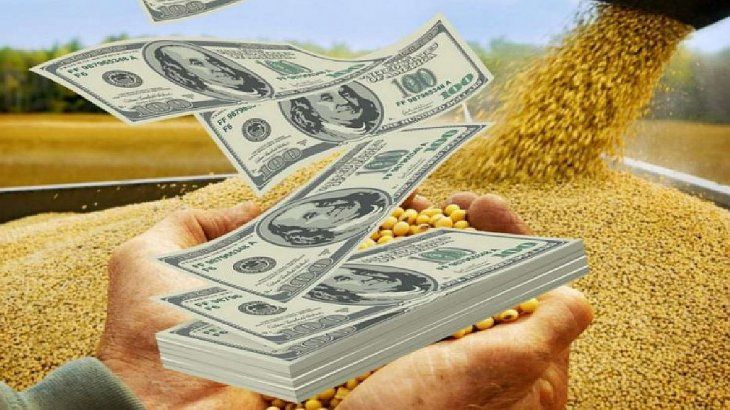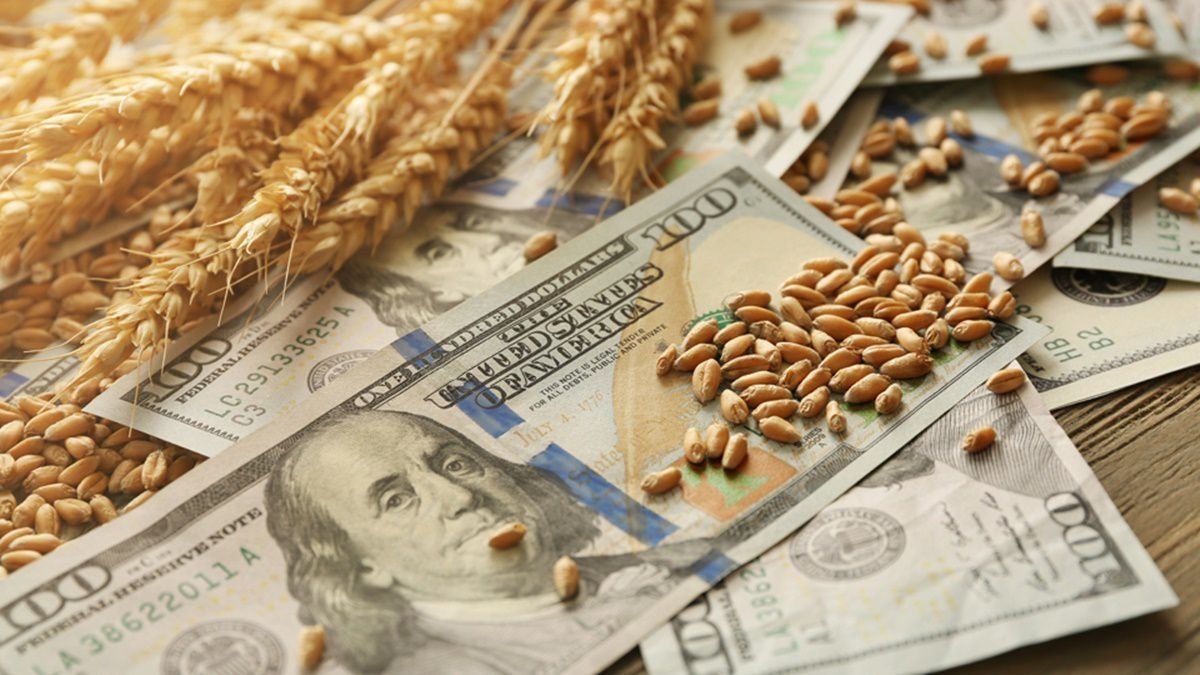Ciara and CEC reported that the oleaginous-cereal complex registered a currency income for US $ 3,054 million in May, driven by the soybean harvest and the decrease in retentions.
The Chamber of the Oil Industry of the Argentine Republic (Ciara) and the Cereal Exporters Center (CEC), entities that represent 48% of the total exports of the country, announced that during May the companies of the agro -export sector liquidated currencies for US $ 3,054 million, a figure that represents a 17% increase compared to the same month of 2024 and 21% more than in April 2025. However, it is worth clarifying that the month of May turns out to be a month of greater liquidation.
The content you want to access is exclusive to subscribers.
With these results, the accumulated between January and May of 2025 exhibits a 29% growth in relation to the same period of the previous year.


DOLLARS CAMPO SOJA AGRODOLARES.JPG

Well for reservations: it improved the entry of dollars through agro exports.
From Ciara-Cec, they explained that the entry of Dogs de Mayo was promoted by the soy harvest and for the Continuity in the reduction of export rightswithin the framework of Decree 38/25. Dolk settlement, subsequently transformed into pesos, is what allows companies continue buying grains from producers at the best possible price.
In addition, they clarified that anticipated currency liquidation – which is done before effective export is made – is a usual practice in the sector. On average, the income is produced 30 days in advance for the grains in a natural state and up to 90 days for oils and protein flours, depending on the type of product and the moment of the campaign. For this reason, they noted that no delays in currency flow are recorded.
From the entity they also warned that Statistical comparisons should be taken with cautiondue to the High sensitivity of the commercial cycle of grains to exogenous factors. Among them, they mentioned the volatility of international prices, the variation in the volume and quality of the crops, climatic conditions, holidays, union stops, regulatory changes, tariff barriers and health or quality demands imposed by external markets.
The oleaginous-corer complex
According to INDEC data, the OLEAGINOSO-CEREALERO COMPLEX-including biodiesel and derivatives-was responsible for 45% of the total Argentine exports in 2024. The main exported products were the soy flourfollowed by the soybean oil and the corn.
However, from Ciara-Cec they warned that Argentina continues to stagnate in terms of production and export growth, depending almost exclusively on international prices variations to improve its trade balance.
Source: Ambito




